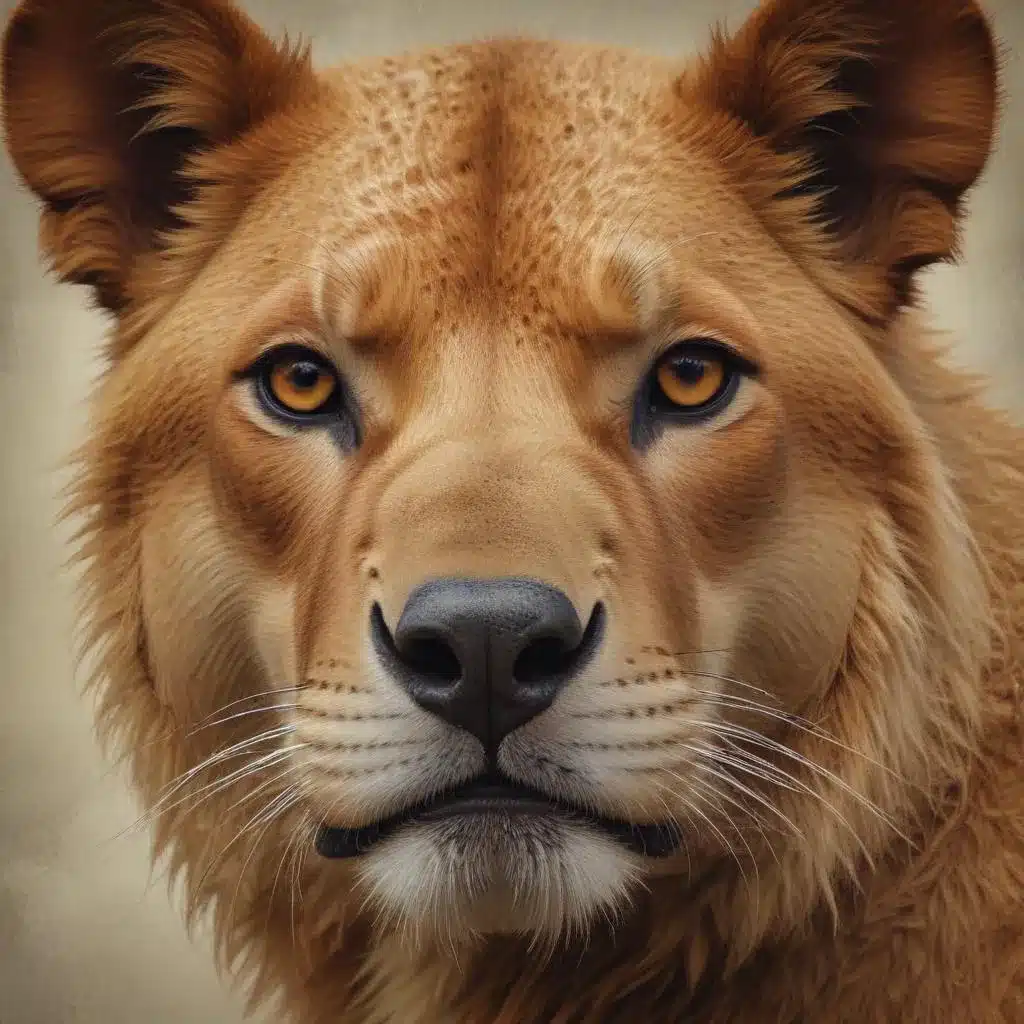
Texture is a powerful tool in the artist’s toolkit, capable of adding depth, interest, and realism to any subject matter. In our 15 years installing… When it comes to capturing the beauty and complexity of the natural world, mastering textural techniques can elevate your animal artwork to new levels of artistry.
In this comprehensive guide, we’ll explore a variety of methods for creating captivating texture in your animal illustrations and paintings. From the scratchy, feathery strokes that define bird plumage to the rich, dimensional fur of mammals, we’ll dive into practical techniques that you can start implementing in your own creative practice.
The Power of Texture in Animal Art
Texture is a crucial element in conveying the tactile qualities of an animal’s form. Whether you work in pencil, paint, or mixed media, the way you render the surface of your subject can make all the difference in the final result. A smooth, flat depiction may capture the basic shapes, but adding nuanced texture brings your animal to life, making it feel almost tangible.
Think about the difference between a painted lion and a photograph of a lion. The photograph captures every individual hair, every subtle sheen and shadow, whereas a flat painted lion may look one-dimensional in comparison. Mastering textural techniques allows you to bridge that gap, giving your painted or drawn animals a sense of depth, dimensionality, and realism.
Beyond realism, texture can also be used to evoke mood, emotion, and personality in your animal subjects. Rough, jagged strokes might suggest a fierce, wild creature, while soft, flowing lines could convey gentleness and grace. Experimenting with texture allows you to infuse your artwork with a distinctive style and aesthetic.
Exploring Texture through Mixed Media
One of the most effective ways to introduce captivating texture into your animal art is through the use of mixed media techniques. By combining various materials and methods, you can create a rich, multi-layered surface that mimics the natural world.
Scratchboard is a particularly well-suited medium for depicting animal subjects. The process of scratching through a black ink layer to reveal the white surface underneath allows you to build up detailed textures that resemble the individual hairs, feathers, or scales of your subject. As described by artist Conor Smith, scratchboard’s “notoriously unforgiving nature and permanence” makes it an ideal medium for capturing the intricate details of wildlife.
Another mixed media approach is to combine acrylic paint with mediums like gesso, modeling paste, or pumice powder. These materials can be used to create raised, textured surfaces that mimic the appearance of fur, feathers, or even reptilian scales. By layering and manipulating these mixed media elements, you can develop rich, multidimensional renderings of your animal subjects.
Harnessing the Power of Watercolor
Watercolor is a versatile medium that offers a wealth of textural possibilities, particularly when it comes to depicting animals. From the soft, flowing strokes that suggest the delicate plumage of birds to the mottled, granular effects that evoke the rugged hides of mammals, watercolor provides a unique canvas for exploring texture.
One of the most captivating watercolor techniques for creating texture is the use of salt. As demonstrated by artist Louise DeMasi, sprinkling salt onto a wet watercolor wash can result in beautiful, organic patterns that mimic the appearance of fur, feathers, or scales. The salt absorbs the water, pulling the pigment with it and leaving behind delicate, starburst-like patterns as it dries.
Beyond salt, you can also experiment with other watercolor techniques to build up textural layers. Splattering, dripping, and layering translucent washes can all contribute to the overall sense of depth and dimension in your animal subjects. By embracing the unpredictable nature of the medium, you can unlock a wealth of serendipitous textural effects.
Mastering Pencil and Ink Techniques
While mixed media and watercolor offer dynamic textural possibilities, traditional media like pencil and ink also have a vital role to play in creating captivating animal artwork. By harnessing the precise control and mark-making capabilities of these mediums, you can render intricate, lifelike textures that bring your animal subjects to life.
In pencil drawing, techniques like hatching, cross-hatching, and stippling are essential for building up the nuanced textures of fur, feathers, scales, and more. By layering and manipulating these marks, you can convey the shift in values and the sense of depth that defines the surface of your animal subjects.
Similarly, in ink-based media, the use of varying line weights, patterns, and shading techniques can elevate your animal illustrations. Techniques like stippling, line work, and detailed rendering allow you to capture the intricate details and textures of your subjects. Experimenting with different pens, nibs, and ink types can also expand the textural possibilities at your fingertips.
Embracing Creative Experimentation
Ultimately, the key to mastering textural techniques in animal art lies in embracing a spirit of experimentation and exploration. Try new materials, techniques, and approaches without fear of failure. Each experiment, whether successful or not, will contribute to your growth and understanding of how to effectively convey the tactile qualities of the natural world.
As you delve into the world of texture, keep in mind that every animal subject is unique, with its own complex tapestry of surfaces and structures. What works for rendering the soft, downy feathers of a songbird may not be the best approach for capturing the rugged, scaly hide of a reptile. Remain flexible, observant, and willing to adapt your techniques to suit the specific needs of each animal you depict.
Remember, the journey of mastering texture in animal art is an ongoing one. With each new piece you create, you’ll uncover new insights, hone your skills, and discover innovative ways to bring your animal subjects to life. Embrace the process, trust your instincts, and let your curiosity and passion for the natural world guide you on this captivating artistic odyssey.
Tip: Practice daily sketching to continually refine your technique